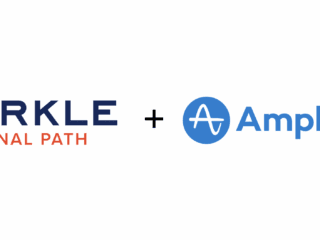I’ve talked about the Canonical Tag a couple of times before on the blog, and now Google is supporting it across domains. If you’re unaware of what this handy little tag does, it’s basically another way with which you can handle duplicate content issues internally on your site, and now across separate domains.
We’ve know that this tag was in the process of being implemented since Google made the announcement at SMX East in October. Now that its here we can start using it as part of our strategy. Obviously, my first recommendation would be to simply avoid duplicate content in the first place, but sometimes there are instances where this is difficult. While there are a number of ways with which we can handle the problem already (including the best option of using a 301 permanent redirect) it’s always nice to add an additional weapon to your arsenal.
One thing to remember is that the Canonical tag is only taken as a strong hint. There’s no guarantee that Google is always going to follow the Canonical Tag (which is why the 301 is better), but it most likely will.
Below is an example of the Canonical Tag which is placed within the <head> of the duplicate page:
<link rel=canonical href=”https://www.example.com/internalpage.html” />
So if you haven’t done so already, I would recommend checking for duplicate pages both internally and on the other domains that you own. If you find any duplicate pages then you should move forward with either a 301 Permanent redirect or the Canonical Tag.













